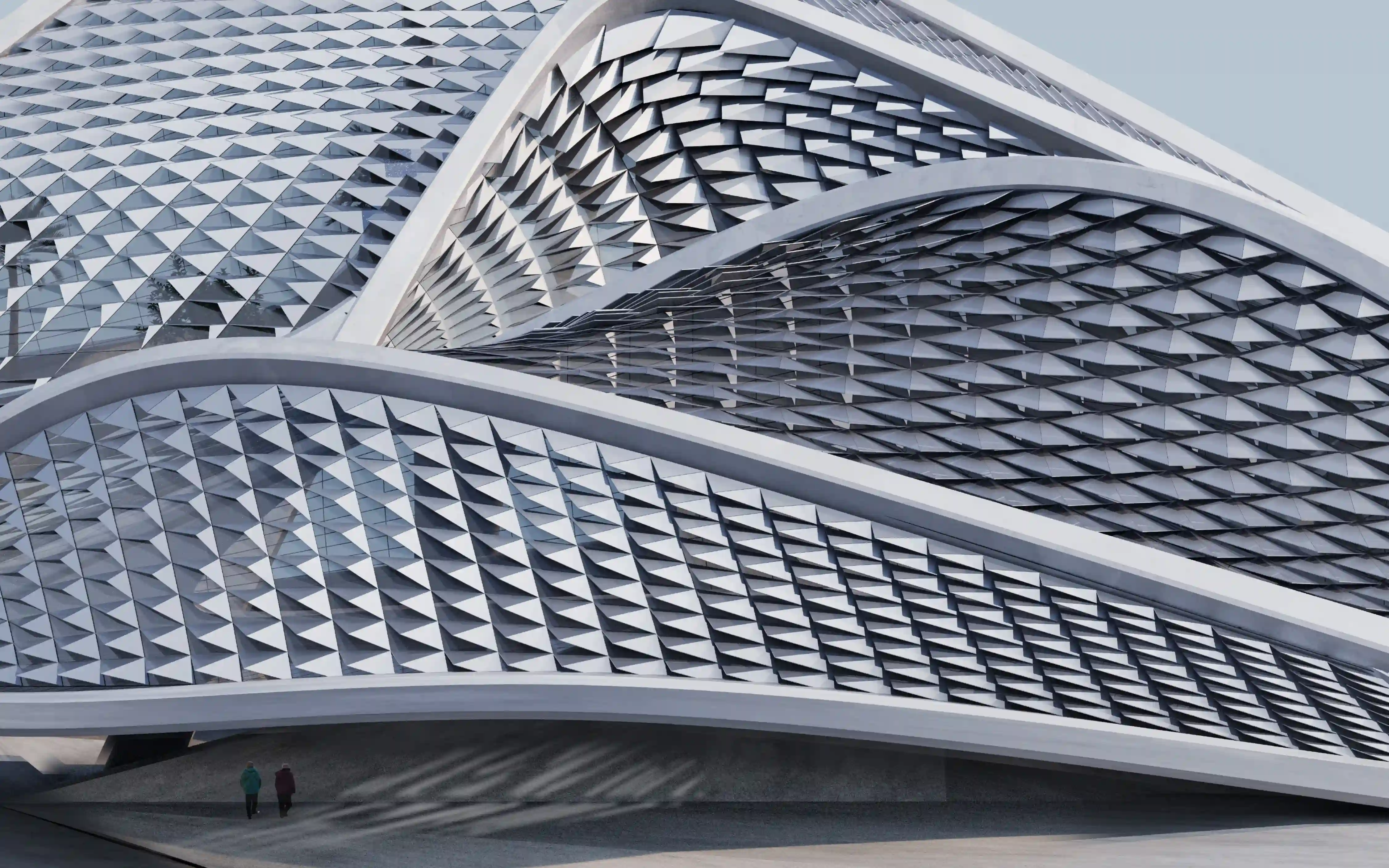
PAACADEMY’s “Artefacts of Growth: Biomorphic Structures in Cinema 4D,” led by Architectural designer and Media-Artist Andreas Palfinger, invited participants on a two-day journey into the world of nature-inspired digital form-making. Through a series of hands-on sessions, the workshop explored how organic growth patterns can inform architectural design, translating natural logic into dynamic, biomorphic structures using Cinema 4D.

The first day began with a brief lecture by Andreas, laying the conceptual groundwork for his creative process, drawing inspiration from growth patterns in nature, such as coral structures, cellular division, and plant morphology, and introducing participants to his biomorphic design methodology.
.webp)
Participants learned to construct procedural structures using cloners, effectors, and deformers through hands-on live demonstrations. Andreas demonstrated how to build layered, responsive forms by stacking modifiers and leveraging parametric controls, emphasizing complexity through simplicity, working with a small set of rules that generate naturalistic variation.
.webp)
During the first session, we experimented with tools such as the MoGraph module, simulating the aggregation, expansion, and curvature found in biological systems, emphasizing iteration and encouraging participants to create multiple studies and evolve their forms, much like living organisms.
By the end of Day 1, Students gained sufficient skills to create a personalized collection of digital artifacts that are organic, elegant, and structurally expressive.
.webp)
The second day focused on architectural translation and visual storytelling. Andreas demonstrated how to refine biomorphic studies into conceptual pavilions or spatial sculptures, considering scale, structure, and context.
Participants then moved into Cinema 4D’s rendering environment, where they explored lighting setups, material application, and scene composition, learning tailored techniques for creating dramatic renders and ambient animation, demonstrating how camera movement and shading can bring digital structures to life.
.webp)
The session concluded with an overview of post-processing techniques, covering color correction, overlays, and render passes. Participants with no prior experience were able to achieve incredible outcomes, each one uniquely interpreting growth through structure, blurring the lines between nature, design, and cinematic expression.
.webp)
Join the experience! Discover PAACADEMY’s upcoming workshops and stay at the forefront of design and technology.
You must be logged in to comment.